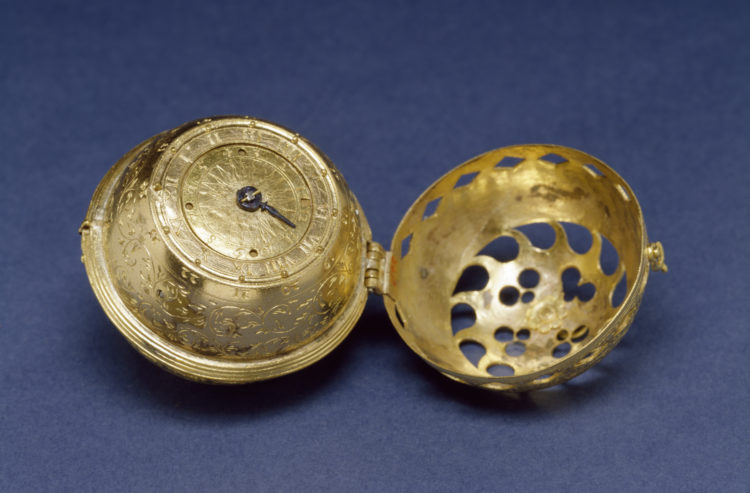Wouldn’t it be cool to own the oldest watch in the world? Well yeah, you might say.
So which one is it? Let me help you!
A Very Short Background
Measuring time became very important on the arrival of the industrial revolution (in the late 18th to early 19th century). That was because large-scale production required accurate measurements of not only length and weight, but also time.
However, clocks and watches had been used already in the agricultural society, long before the industrial revolution arrived. Measuring and displaying time were important mainly for astronomical observations, but also for the Church to remind people when it was time for service.
Before we move on, you need to know the difference between a clock and a watch. They are both timekeeping instruments, but unlike a clock, a watch can be carried. Because of this difference, we have given them one paragraph each.

The Oldest Clock in the World
The world’s oldest working clock is considered to be – by most expert horologists – the Salisbury Cathedral clock (but not all experts agree). It was built around 1386 after being commissioned by Bishop Erghum.
As you can see from the picture, the clock doesn’t have a dial. You might find this a bit strange, but actually its purpose was to strike a bell every hour, not to visually display the time. If the time was 4 PM, the clock would strike four times. It it was 8 PM, it would strike eight times, etcetera.
This was a practical way to remind the residents of the church service that was due to start. As a bonus and side effect, a new and exciting invention like the Salisbury Cathedral clock probably impressed the residents, and helped strengthen the church’s authority as well.
The clock mechanism is still working nicely, but the striking mechanism has been disabled to avoid unnecessary wear and tear. The sound of the bell can still be heard though, as the striking mechanism is sometimes activated for special occasions.
As I mentioned earlier, not all experts agree that the clock in Salisbury is the oldest clock in the world that’s still working. Some experts claim that the Beauvais Cathedral should have the title, while yet others say that the clock tower in Chioggia in Italy has the oldest working clock. However, weighing in the opinions of all experts, the most probable candidate for the title is the Salisbury Cathedral clock.
Oldest Watch in the World

Watches were developed from clocks in the 15th and 16th century. They had to be small enough to be carried around. I mean, who wants to carry a cathedral clock on their back?
Right from the start, two main types of watches emerged; pocket watches and wristwatches.
The earliest known wristwatch was given to Queen Elisabeth I of England already in 1571. But it wasn’t until the late 1800s that wristwatches were being used by a larger group of people. Up until then, wristwatches were just an odd timepiece worn by women.
Men on the other hand, used pocket watches. As the name implies, they were worn in the pocket, and they had a metal chain attached to it. After the military started to use wristwatches, pocket watches gradually lost their popularity to the (suddenly) more masculine timepiece you had strapped to your wrist.
The oldest pocket watch that still works is the spherical Melanchthon Watch from 1530. It belonged to Philipp Melanchton, a colleague of the famous Christian reformer Martin Luther. It’s 48 mm in diameter, it would run between 12-16 hours on one winding, and it’s engraved in German (translated to English):
Philipp Melanchthon. To God alone the glory. 1530
We don’t know who made the watch, because there isn’t any watchmaker’s mark. But it’s pretty clear that it’s made in Germany, and the spherical shape indicates that it most likely were made in the city of Nuremberg.
What we do know, is that it must be incredibly valuable. Perhaps as valuable as the $24 million watch that recently sold at auction? No one knows until it’s put up for sale.
On a Side Note
Do you know what the oldest watch company in the world is (that’s still in operation)? It’s Gallet & Co, a Swiss watchmaker that was founded in 1466. Pretty astonishing to be in production for more than 500 years!






